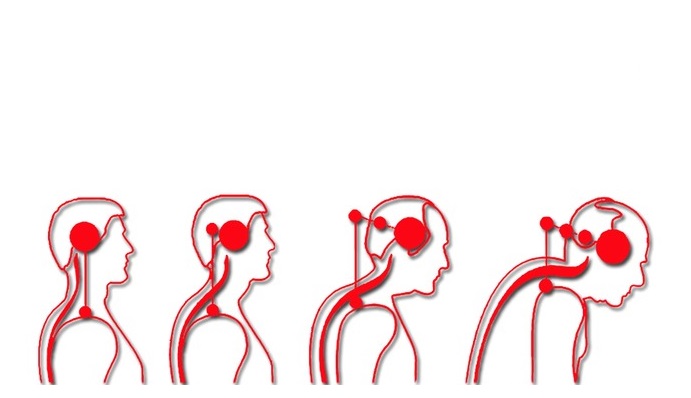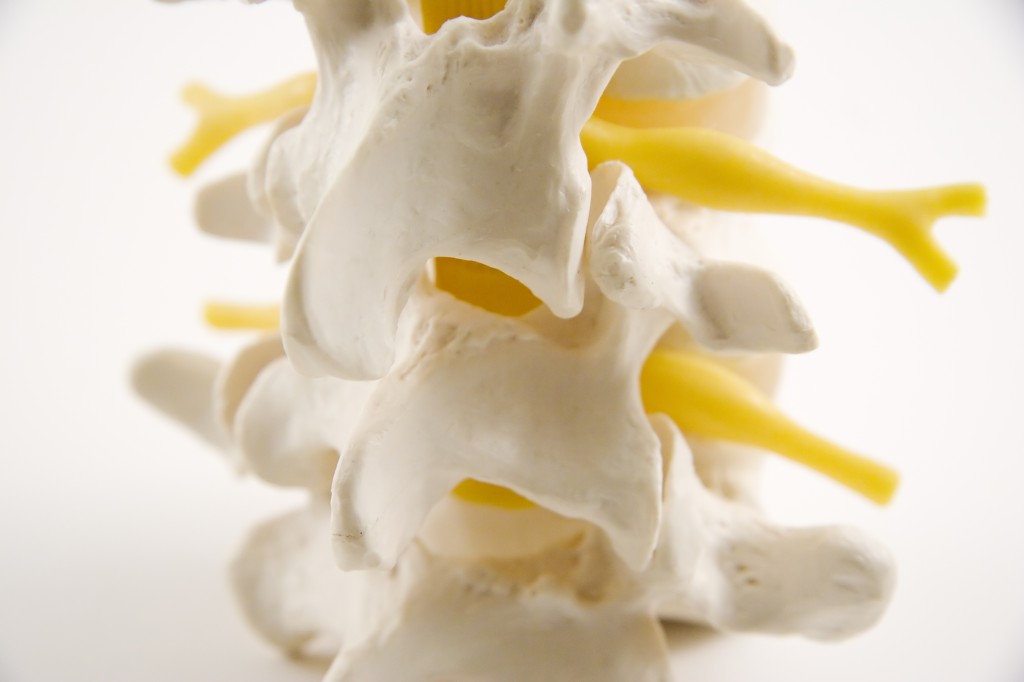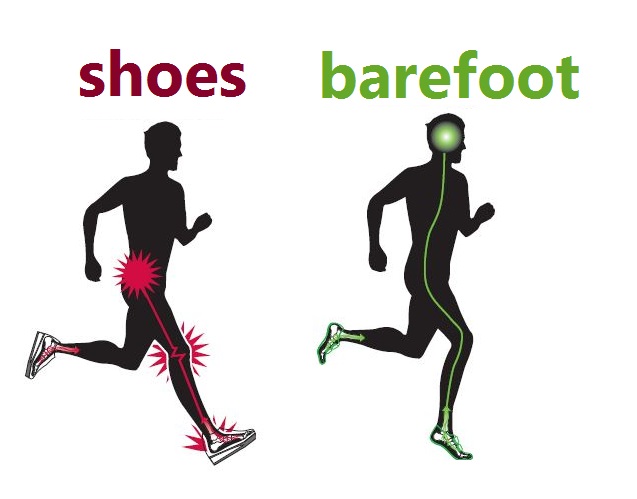Headaches are a secondary condition almost everyone can attest to experiencing. But why are they so common?
Headaches are the number one reason for purchase of over-the-counter drugs. Understandably, these medications offer a temporary solution to get through the day, which is sometimes necessary in this fast-paced world. Unfortunately, it does not take care of the cause of the headaches.
There are four main types of headaches: tension, migraine, cluster and rebound. Tension is the most common, accounting for 90% of all headaches – these result in contraction of the muscles in the neck and skull, and are due to stress, poor posture and Anterior Head Syndrome (AHS). When it comes to migraines, there are often known triggers, such as dehydration, caffeine, red wine and chocolate – but avoiding these may not always help. We are now realizing why: many migraine sufferers have headaches that stem from the nerves in the neck.
A recent article at CBS News explains what structural chiropractors have always known – dysfunction in the joints of your neck (a structural shift) can irritate nerves and lead to all sorts of symptoms (including migraines). Dr. Houman Danesh of Mount Sinai Hospital explains, “Essentially the joints start rubbing against each other, and that irritates the nerve that goes from the back of your neck to the back of your head, and can offset and trigger a nightmare.”[pullquote]”Essentially the joints start rubbing against each other, and that irritates the nerve that goes from the back of your neck to the back of your head, and can offset and trigger a nightmare.”[/pullquote]
Medicine is now starting to recognize the science behind chiropractic. The difference is the medical answer to this is to inject anesthesia into the area and temporarily reduce symptoms, which can help BUT it can also lead to further degeneration and damage of the joint since it’s not addressing the underlying cause – a structural shift in the spine.
Wouldn’t it make more sense to just restore normal function to the shifted segment of the spine and alleviate the nerve irritation causing the symptoms? Good news – that’s what we do everyday at True Health through a specific, gentle chiropractic adjustment.






